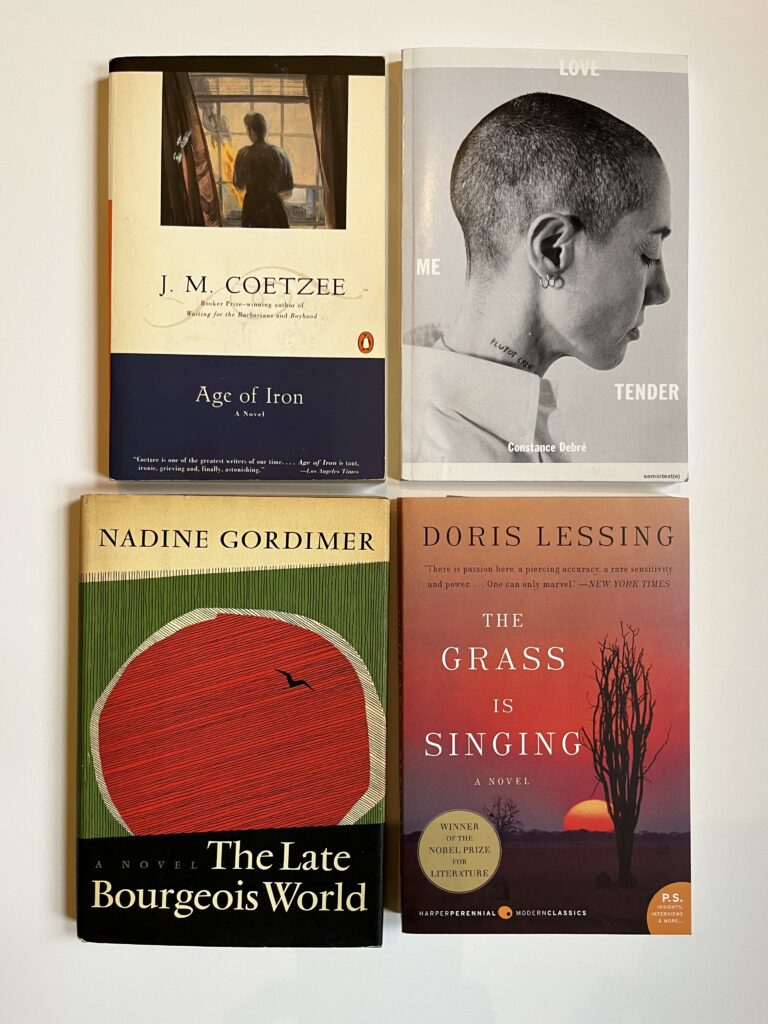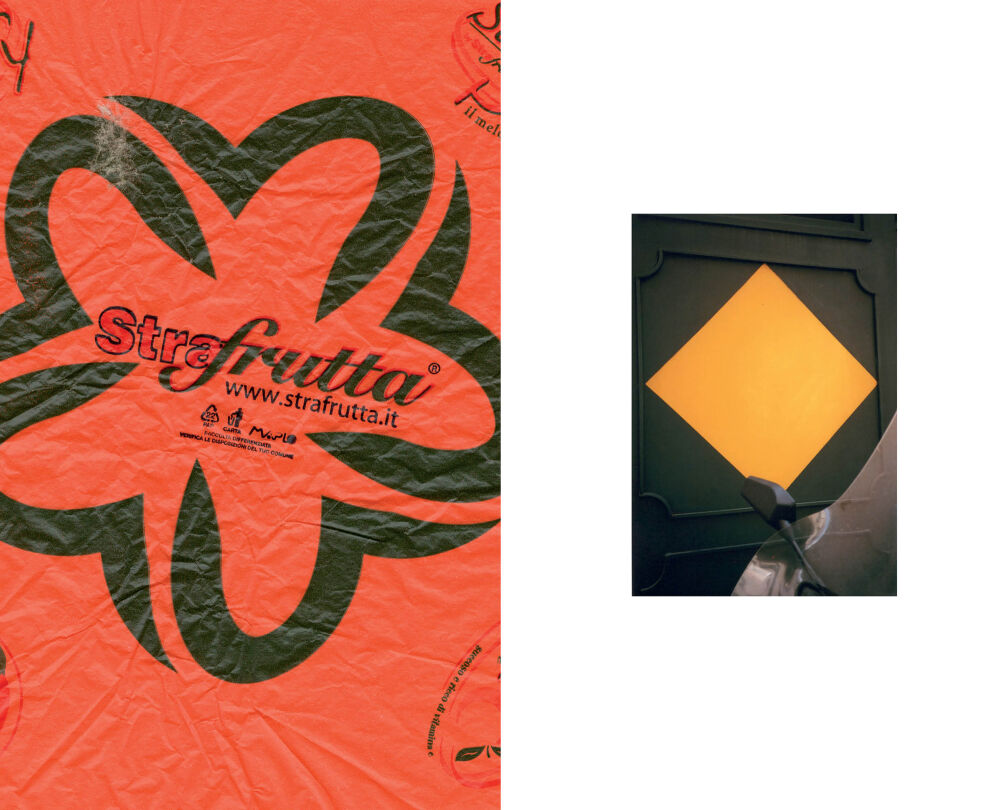Daphne Du Maurier’s career was long and storied; her life was equally so. Her books were huge bestsellers when they were published, and many live on in edition after edition. Du Maurier was a novelist, a poet, a playwright, an essayist, a literary critic, a nonfiction writer, and a biographer. In short, she was a Writer with a capital “W.”
To begin, a short biographical sketch: Daphne Du Maurier was born in 1907 in London, England, into a literary and dramatic family. Her father was a well-known actor-manager, and her mother was an actress. Her maternal grandfather was a Punch cartoonist and is the author of Trilby (1894). Her cousins were the children that J.M. Barrie patterned the Darling children after in Peter Pan, and her father was friends with one Sir Alfred Hitchcock, who directed three of her works (Jamaica Inn, Rebecca, and The Birds).
If Du Maurier were writing today, she would fall squarely in the “popular fiction” category. Her work has a quality of being easy to relish, fun to read, and also sticking with the reader. She was a master at leaving just enough strings still dangling at the end of a novel that the reader ends up batting like a kitten at them far after the reading is done.
She is at the top of my “favorite authors whose work I need to explore more deeply” list, so I’ve put together a primer for getting started with Du Maurier that we can all work through together.
Jamaica Inn — 1936The first thing you should know about Jamaica Inn is that it does not, in fact, take place in Jamaica. The second thing you should know is that Jamaica Inn is a real place — still operating as a pub — and the book is based in part on Du Maurier’s stay there in 1930, although it is a period piece set in 1815. Also, Tori Amos wrote a song about it. The plot centers around Mary Yellan, who moves to the inn to live with her aunt and uncle after the death of her mother. As she integrates with the local community, she learns things about both the inn itself and her relatives that are unsettling. It is a wild tale of murder, mayhem, and Druids (!!), and it contains no romantic side plot, which is unusual in popular literature. There is, however, some horse thievery. |
Copyright
© Book Riot



















